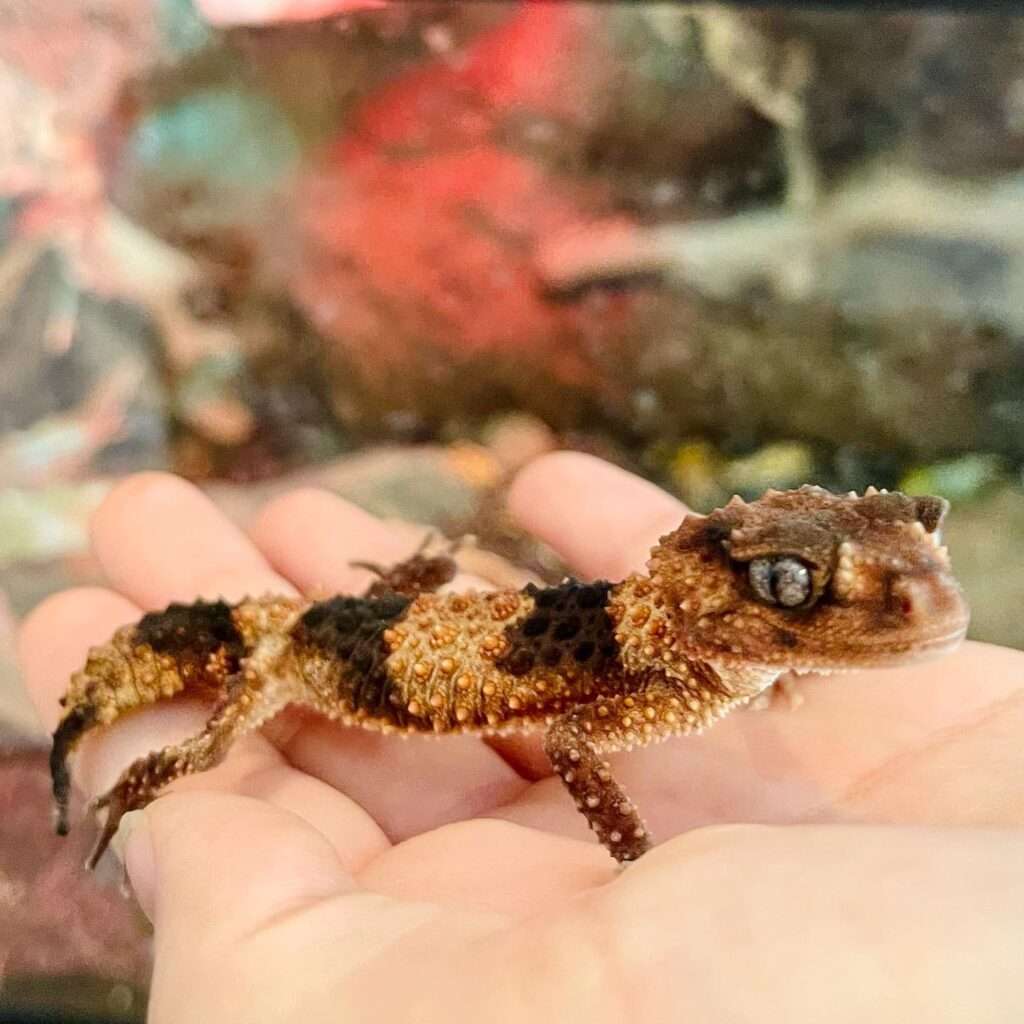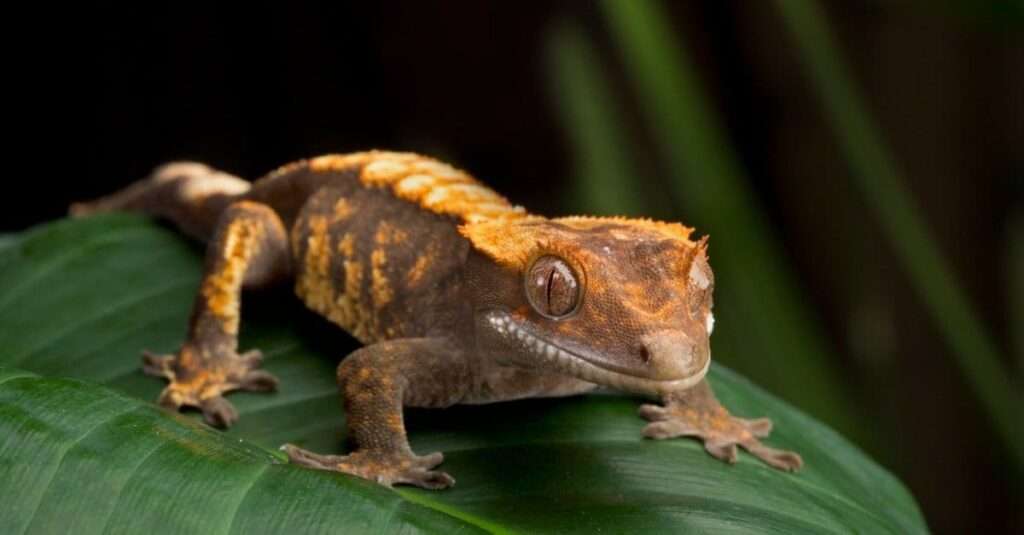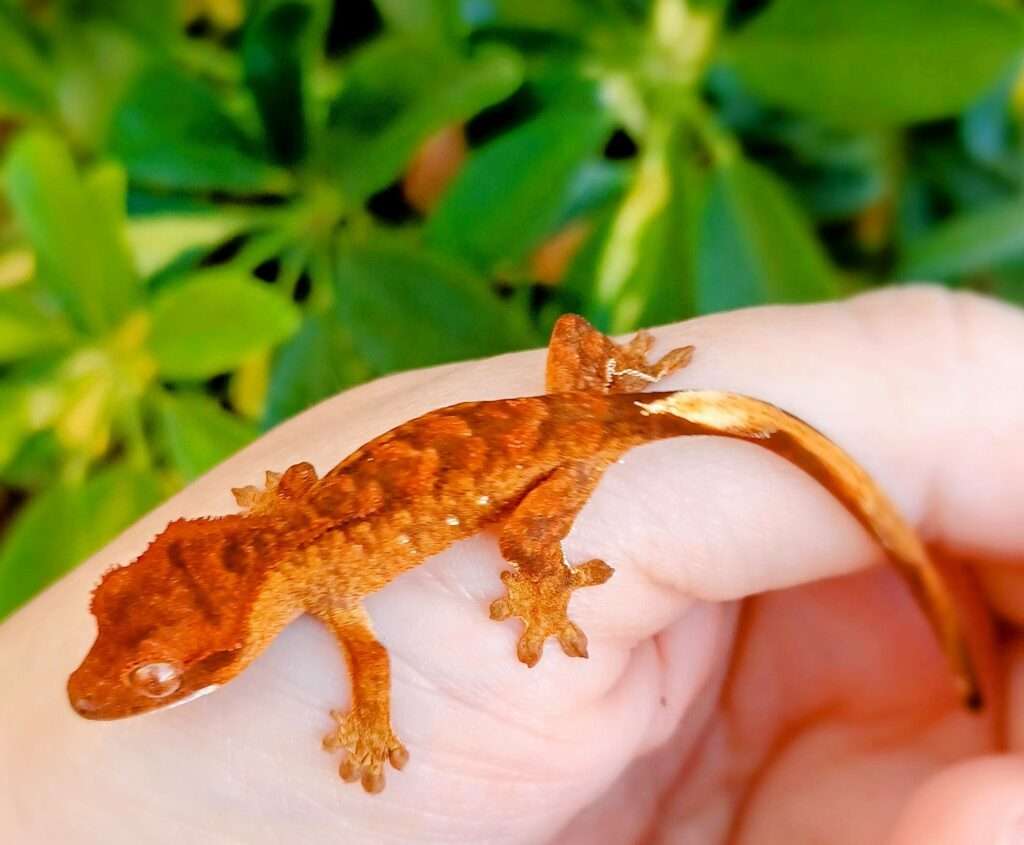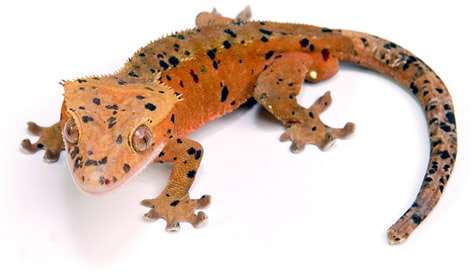
Description:
Scientific name: Nephrurus wheeleri cinctus
Life span: 15 years
Because of its rough scales, bands, and distinctive knob at the end of its tail, the rough banded knob-tailed gecko received its name. Although this trait has been found to be fairly variable, N.W. Cinctus has five bands, with the neck/shoulder band being split in half.
Native Region/Habitat
The Western Australian Pilbara region is home to the relatively frequent species N. w. cinctus.
Behavior:
This little species of gecko is nocturnal and terrestrial (rests on the ground) (active at nighttime). Because of their dry environment, they obtain the necessary hydration from the insects they consume and will suck dew from leaves or rocks. They spend most of the time alone, with the exception of mating and breeding season, like many lizards. They can drop their tails to deceive a predator when anxious or stressed, and the tail will grow back in a few weeks.
Care As a pet/In captivity:

Terrarium: As banded knob-tail geckos live on the ground, they don’t require an enclosure with a lot of height. A trio can reside in comfort in a terrarium that is 45x45x30 (WxDxH).
Lighting & heating: Banded Knob-Tail geckos do not require UVB lighting, although a low 2.0 spectrum fluorescent light can be used to see them. In order to keep the ground surface temperature in the hot zone at 32°C, heating can be delivered via a heat rock, tile, mat, or cord. On warmer days, you might not need to turn on the heat globe because the ambient temperature of the enclosure may already be high enough. Ambient heat can be delivered with an infrared heat globe to maintain a daily temperature of 30°C in the warm end and 20°C in the cold end.
Furnishings: Normally, Banded Knob-Tail Geckos find refuge under loose rocks and bark, therefore it’s crucial to provide an enclosure with lots of caves for hiding in both the hot and cool end. The gecko will have lots of hiding places and cover thanks to the artificial vegetation throughout the cage. Red sand should serve as the substrate, which should be kept at the proper moisture level with some sizable fragments of loose bark to serve as natural hiding places. In the cool end of the cage, a water bowl must be placed.
Food in captivity: Insectivores, such as banded knob-tail geckos, eat woodpeckers and crickets of the proper size. It will be necessary to sprinkle calcium and vitamin supplements on food items.
Table





